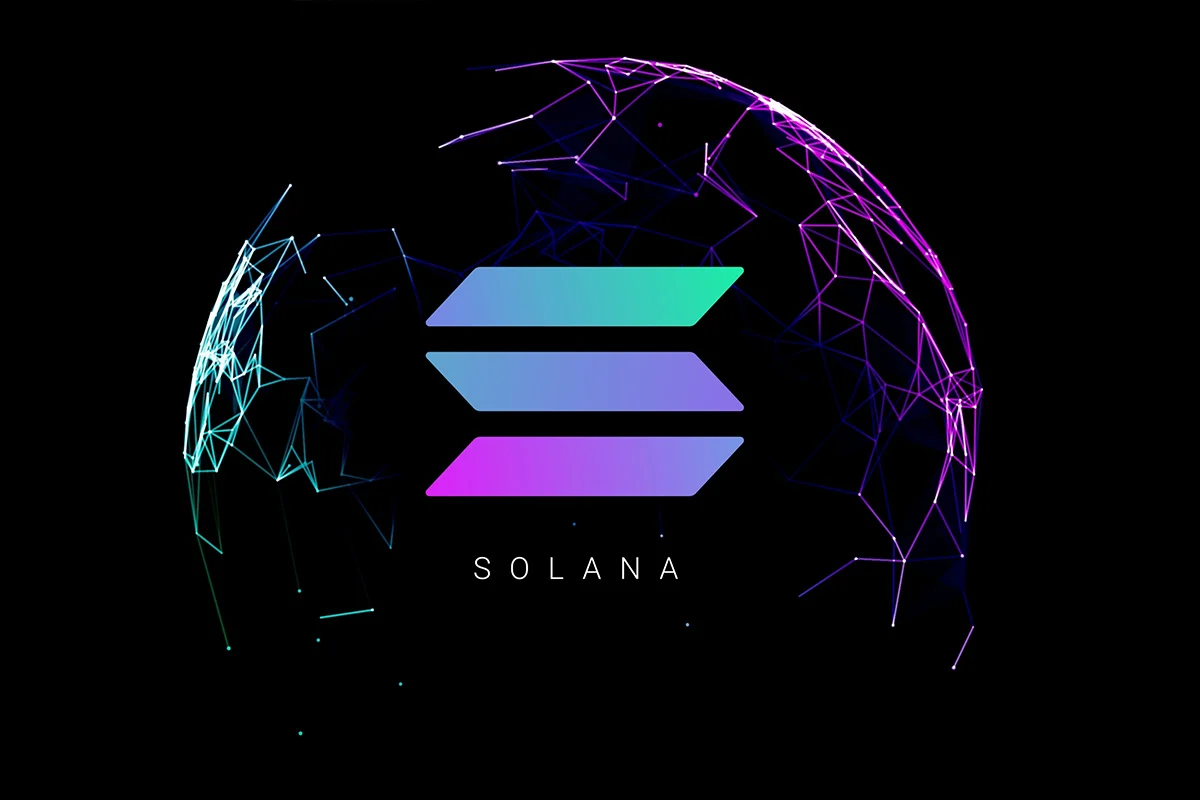TLDR
- Solana’s infrastructure is gaining strength with CME futures and upcoming options.
- Ethereum ETFs saw strong initial inflows, but their demand remains cyclical.
- Solana leads Layer-1 chains in network revenue, driven by stablecoin adoption.
- ETH ETFs lack staking income, making it an advantage for potential Solana ETFs.
Solana has made significant strides in the cryptocurrency space, and the potential approval of a US spot Solana ETF could offer a strong push to its market position. Solana’s growth in infrastructure, particularly the launch of CME futures and upcoming options in October 2025, sets it up for broader institutional access. This could lead to further investor demand and even place Solana in direct competition with Ethereum (ETH) in the ETF market. However, whether this translates to Solana outperforming Ether is still uncertain.
Ether’s spot ETF began trading in July 2024 and attracted substantial inflows. Despite the strong start, Ethereum’s ETF demand has shown cyclical patterns, with periods of inflows followed by outflows. This cyclical behavior suggests that access alone does not guarantee consistent demand. Solana’s ETF approval would allow a similar flow of institutional investments, but its success will depend on how well it can translate these inflows into long-term network growth and adoption.
The Role of Market Infrastructure
Solana’s market infrastructure has been rapidly developing, which positions it well for ETF approval. The CME futures for Solana, launched in March 2025, and the anticipated options in October 2025 provide strong financial tools to hedge against price volatility and allow for tight market-making operations. These instruments are crucial for creating the liquidity needed for a successful ETF market.
In contrast, Ethereum ETFs lack one key feature: staking income. Although Ethereum’s ETFs provide easier access to Ether, they do not offer staking benefits, unlike directly holding Ether, which generates income through staking. If Solana’s ETF is approved and offers staking opportunities, it could provide an additional incentive for investors compared to Ethereum ETFs, which may help Solana stand out.
Solana’s Growing Network and Institutional Demand
Solana’s on-chain metrics demonstrate strong fundamentals. In Q2 2025, it led all Layer-1 (L1) and Layer-2 (L2) blockchains in network revenue, with over $271 million. This growth reflects increasing user engagement and stablecoin adoption. In January 2025, Solana processed $59.2 billion in stablecoin transfers, showing a robust increase from previous years. The total supply of USDC on Solana also saw growth, rising from $5.2 billion to $11.7 billion in early 2025.
However, Ethereum still holds a majority of stablecoin transfers, with around 60% of the market share. Solana’s impressive growth is notable but has yet to surpass Ethereum’s dominance. Additionally, Solana’s low transaction fees, high throughput, and speed continue to make it an attractive platform for decentralized exchanges (DEXs) and other financial activities. The challenge remains whether these strong technical advantages will be enough to drive a sustained shift in market demand post-ETF approval.
Solana’s Potential for Long-Term Success
While a US spot Solana ETF could remove a major access bottleneck for investors, the real test for Solana’s potential to outperform Ether lies in its ability to sustain long-term network growth and adoption. It’s not just about inflows from ETFs but how those flows are utilized to build Solana’s ecosystem. The ongoing developer momentum, use case expansion, and real on-chain activity will determine whether Solana can maintain its growth trajectory.
Ether benefits from a longer track record and stronger institutional recognition. Its established position means it is likely to maintain a stable presence in the market, even with fluctuating ETF demand. In contrast, Solana’s position is still emerging, and its future success will depend heavily on whether it can leverage new financial products like the Solana ETF to drive meaningful adoption beyond speculative interest.
While Solana’s infrastructure and technical advantages are undeniable, its ability to outperform Ether long-term hinges on more than just ETF inflows. It will need to translate this influx of capital into tangible network growth and continued developer and user engagement. If it can do so, Solana could carve out a strong competitive position in the cryptocurrency space.






